Companion Planting Cauliflower Broccoli: Unlock the secrets to a thriving vegetable garden and say goodbye to struggling crops! Have you ever wondered why some gardens flourish while others seem to constantly battle pests and diseases? The answer might lie in the ancient practice of companion planting. For centuries, gardeners around the world have observed how certain plants can benefit each other when grown in close proximity. This isn’t just some old wives’ tale; it’s a time-tested technique rooted in ecological principles.
Imagine a world where your cauliflower and broccoli plants are naturally protected from unwanted bugs and diseases, all thanks to the power of strategic planting. That’s the magic of companion planting cauliflower broccoli! This DIY guide will equip you with the knowledge to create a symbiotic relationship in your garden, boosting yields and minimizing the need for harmful chemicals. We’ll explore which plants make the best companions for your cauliflower and broccoli, helping them thrive and produce a bountiful harvest.
Why is this so important? Well, let’s face it, gardening can be challenging! Pests, diseases, and nutrient deficiencies can quickly derail your efforts. But with the right companion plants, you can create a natural defense system, attracting beneficial insects, improving soil health, and even enhancing the flavor of your vegetables. So, ditch the guesswork and let’s dive into the wonderful world of companion planting – your cauliflower and broccoli will thank you for it!
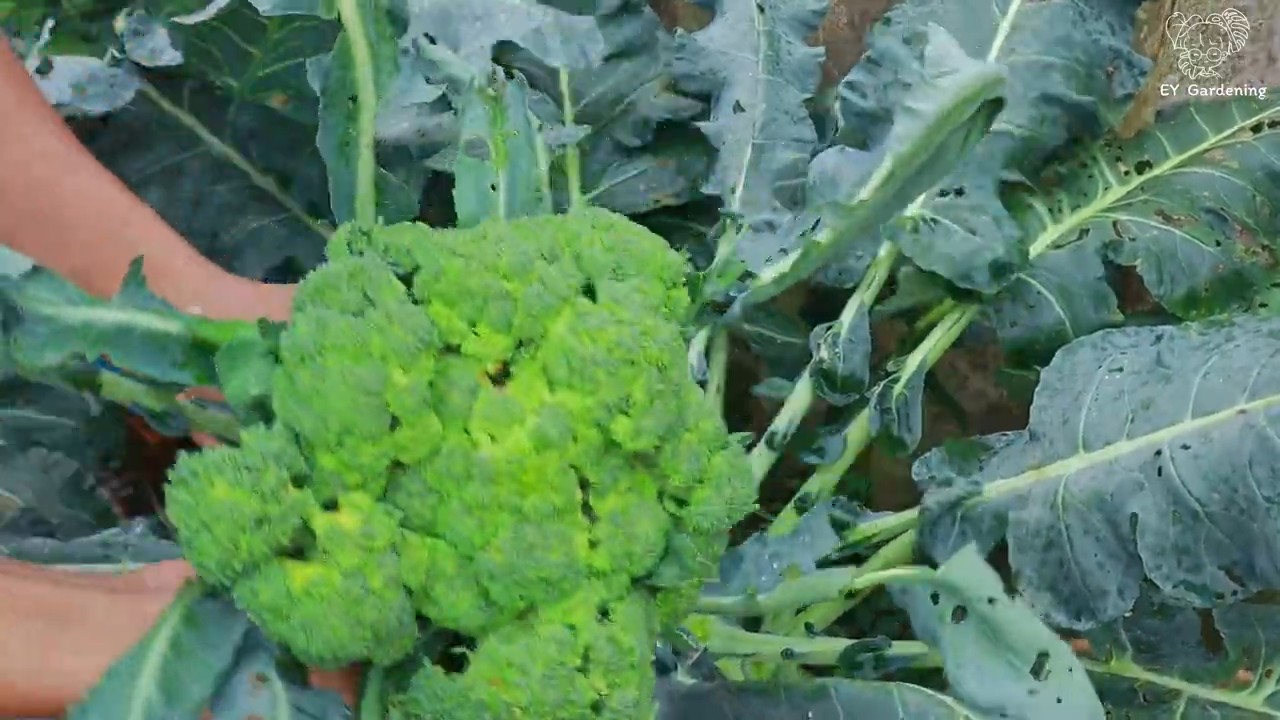
The Ultimate Guide to Companion Planting for Cauliflower and Broccoli: A DIY Project for a Thriving Garden
Hello garden friends! I am so excited to introduce you to the wonderful world of companion planting for cauliflower and broccoli today. It’s a fantastic way to optimize your garden, naturally repel pests, and increase your yield. Let’s dive into this exciting DIY project together!
What is Companion Planting and Why is it Important?
Companion planting is basically the practice of planting different plant species next to each other to benefit from their mutual advantages. Some plants can repel pests, others improve the soil, or even serve as natural trellises. For cauliflower and broccoli, which both belong to the brassica family, there is a whole range of plants that can make their life in the garden easier.
Why Companion Plant with Cauliflower and Broccoli?
- Pest Control: Some companion plants deter pests that love cauliflower and broccoli, such as cabbage whites or flea beetles.
- Soil Improvement: Certain plants can add nutrients to the soil or improve its structure, which benefits cauliflower and broccoli.
- Space Optimization: By cleverly combining plants, you can make the most of the available space.
- Increased Yields: A healthy environment leads to healthier plants and thus higher yields.
The Best Companion Plants for Cauliflower and Broccoli
Here is a list of my personal favorites when it comes to companion planting for cauliflower and broccoli:
- Aromatic Herbs:
- Rosemary
- Sage
- Thyme
- Peppermint
- Flowering Plants:
- Marigolds
- Nasturtiums
- Sunflowers
- Vegetables:
- Onions
- Garlic
- Celery
- Spinach
- Bush beans
- Peas
- Ground Covers:
- Clover
Step-by-Step Guide to Companion Planting Cauliflower and Broccoli
Now let’s get down to it! Here is a detailed guide on how you can combine your own cauliflower and broccoli plants with the right companion plants.
Phase 1: Planning and Preparation
- Site Selection: Choose a sunny location for your cauliflower and broccoli plants. They need at least 6 hours of sunlight per day.
- Prepare the Soil: Loosen the soil thoroughly and remove weeds. Mix in compost or well-rotted manure to enrich the soil with nutrients. A pH between 6.0 and 7.0 is ideal.
- Select Companion Plants: Decide on the companion plants you want to use. Consider the size of the plants, their needs, and their benefits for cauliflower and broccoli.
- Create a Planting Plan: Sketch a planting plan that shows the positions of the cauliflower, broccoli, and companion plants. Be sure to leave enough space between the plants so they can develop well.
Phase 2: Sowing or Planting
- Sow or Plant Cauliflower and Broccoli: You can either sow cauliflower and broccoli seeds directly into the soil or use pre-grown seedlings. If you use seedlings, be careful to remove them from the pots gently and not to damage the roots.
- Sow or Plant Companion Plants: Sow or plant the selected companion plants according to your planting plan. Be sure to maintain the spacing between plants indicated on the seed packets or the labels of the seedlings.
- Watering: Water the plants thoroughly after planting.
Phase 3: Care and Maintenance
- Regular Watering: Cauliflower and broccoli need regular watering, especially during dry periods. Make sure to keep the soil moist, but not waterlogged.
- Weed Control: Regularly remove weeds that compete for nutrients and water. Mulching can help reduce weed growth.
- Fertilizing: Fertilize the plants regularly with an organic fertilizer rich in nitrogen, phosphorus, and potassium. Follow the instructions on the fertilizer package.
- Pest Control: Monitor the plants regularly for pests. If you spot pests, you can use natural pesticides like neem oil or insecticidal soap.
- Harvesting: Harvest the cauliflower and broccoli when the heads have reached the desired size. Cut the heads with a sharp knife.
Detailed Tips for Specific Companion Plants
Let’s now take a closer look at some of my favorite companion plants and how you can best use them:
Herbs: Rosemary, Sage, Thyme, and Peppermint
These aromatic herbs are not only delicious in the kitchen but also excellent companion plants for cauliflower and broccoli. They emit a strong scent that repels pests like cabbage whites and flea beetles.
- Application: Plant the herbs near the cauliflower and broccoli. You can also grow them in pots and place them near the plants.
- Additional Benefit: Rosemary, sage, and thyme are perennials that come back every year. Peppermint can spread aggressively, so it is advisable to keep it in pots.
Flowering Plants: Marigolds and Nasturtiums
Marigolds and nasturtiums are not only beautiful to look at but also useful helpers in the garden. They attract beneficial insects, such as hoverflies and ladybugs, which eat aphids and other pests.
- Application: Plant marigolds and nasturtiums between the cauliflower and broccoli plants.
- Additional Benefit: Nasturtiums act as a “trap crop” for aphids. This means that aphids are more likely to infest the nasturtiums than the cauliflower or broccoli.
Vegetables: Onions and Garlic
Onions and garlic are natural pest repellents. They contain sulfur compounds that deter pests.
- Application: Plant onions and garlic between the cauliflower and broccoli plants.
- Additional Benefit: Onions and garlic can also improve the soil by suppressing fungal diseases.
Vegetables: Celery and Spinach
Celery and spinach are good neighbors for cauliflower and broccoli as they can shade the soil and retain moisture.
- Application: Plant celery and spinach between the cauliflower and broccoli plants.
- Additional Benefit: Spinach is a fast-growing plant that you can harvest before the cauliflower and broccoli get too big.
Vegetables: Bush Beans and Peas
Bush beans and peas are legumes that fix nitrogen from the air and add it to the soil. Nitrogen is an important nutrient for the growth of cauliflower and broccoli.
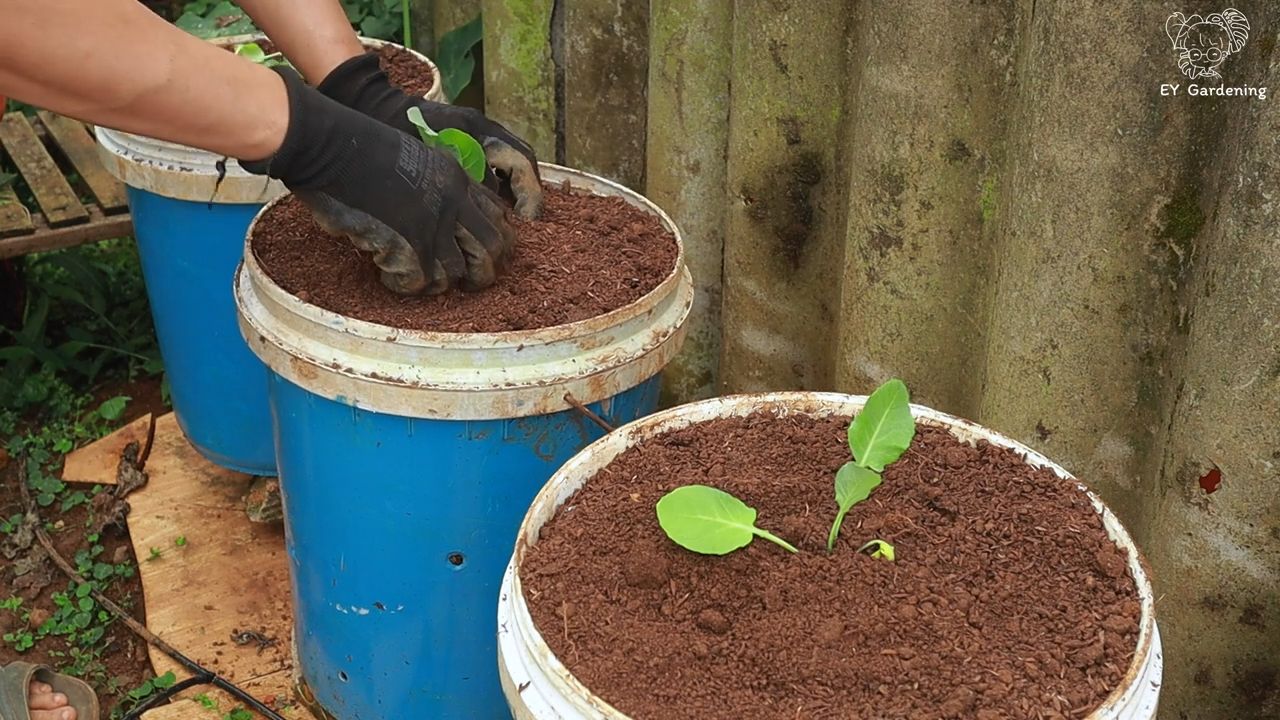
Conclusion
So, there you have it! Companion planting cauliflower and broccoli isn’t just some old wives’ tale; it’s a scientifically sound and incredibly effective way to boost your garden’s health and productivity. By strategically pairing these brassicas with beneficial neighbors, you’re creating a mini-ecosystem that naturally deters pests, attracts pollinators, and even improves soil quality.
Why is this a must-try? Because it’s a win-win-win! You get healthier, more abundant cauliflower and broccoli harvests, you reduce your reliance on harmful chemicals, and you contribute to a more sustainable and thriving garden environment. Imagine biting into a crisp, flavorful head of cauliflower, knowing that it was grown with the help of its plant companions, not harsh pesticides. That’s the power of companion planting.
But don’t stop there! Experiment with different combinations to find what works best for your specific climate and soil conditions. Try adding dill or chamomile to further attract beneficial insects, or consider interplanting with radishes to act as a trap crop for flea beetles. The possibilities are endless!
We’ve given you a solid foundation for successful companion planting cauliflower and broccoli. Now it’s your turn to get your hands dirty and put these principles into practice. We’re confident that you’ll be amazed by the results.
Don’t be afraid to experiment, observe, and learn from your experiences. Every garden is unique, and what works for one gardener may not work for another. The key is to be patient, persistent, and open to new ideas.
We’re eager to hear about your successes (and even your challenges!) with companion planting cauliflower and broccoli. Share your experiences, tips, and photos in the comments below. Let’s create a community of gardeners who are passionate about growing healthy, delicious food in a sustainable and environmentally friendly way. Together, we can unlock the full potential of our gardens and enjoy the bountiful harvests that nature has to offer. So, go forth and plant! Your cauliflower and broccoli (and your taste buds) will thank you.
Frequently Asked Questions (FAQ)
What exactly is companion planting, and why is it beneficial for cauliflower and broccoli?
Companion planting is the practice of planting different crops in close proximity to each other to benefit one or both plants. These benefits can include pest deterrence, attracting beneficial insects, improving soil health, providing shade, and even enhancing flavor. For cauliflower and broccoli, companion planting can be particularly beneficial because these brassicas are susceptible to various pests and diseases. By strategically planting them with companion plants, you can create a more balanced and resilient garden ecosystem.
Which plants are the best companions for cauliflower and broccoli?
Several plants make excellent companions for cauliflower and broccoli. Some of the most popular and effective choices include:
* **Aromatic Herbs:** Rosemary, sage, thyme, and oregano deter cabbage moths and other pests. Their strong scents confuse insects, making it harder for them to find your brassicas.
* **Alliums:** Onions, garlic, and chives also repel many common pests, including aphids and cabbage worms. They also have antifungal properties that can help protect against certain diseases.
* **Legumes:** Beans and peas fix nitrogen in the soil, which is essential for healthy cauliflower and broccoli growth. They also attract beneficial insects that prey on pests.
* **Marigolds:** These brightly colored flowers are known for their pest-repelling properties. They release a compound into the soil that deters nematodes and other harmful soil-borne pests.
* **Nasturtiums:** These edible flowers act as a trap crop, attracting aphids and other pests away from your cauliflower and broccoli.
* **Dill:** Attracts beneficial insects like ladybugs and lacewings, which prey on aphids and other pests.
Are there any plants that I should avoid planting near cauliflower and broccoli?
Yes, some plants can negatively impact the growth of cauliflower and broccoli. Avoid planting them near:
* **Strawberries:** They can attract slugs and snails, which can damage your brassicas.
* **Tomatoes:** They compete for nutrients and can attract pests that also affect cauliflower and broccoli.
* **Members of the Brassica Family:** Avoid planting other brassicas (like cabbage, kale, or Brussels sprouts) too close together, as they can compete for resources and attract the same pests and diseases.
How close should I plant companion plants to my cauliflower and broccoli?
The ideal spacing depends on the specific plants you’re using as companions. As a general rule, plant herbs and alliums within 6-12 inches of your cauliflower and broccoli. Legumes can be planted closer, around 4-6 inches. Marigolds and nasturtiums can be planted around the perimeter of your brassica patch. Always consider the mature size of each plant when determining spacing.
Can companion planting completely eliminate the need for pesticides?
While companion planting can significantly reduce the need for pesticides, it may not completely eliminate it in all cases. In severe infestations, you may still need to use organic pest control methods. However, companion planting can help create a more balanced ecosystem that is less susceptible to pest outbreaks.
How long does it take to see the benefits of companion planting?
The benefits of companion planting can vary depending on the specific plants and the growing conditions. You may start to see some benefits, such as reduced pest pressure, within a few weeks. However, it may take a full growing season to see the full impact of companion planting on your cauliflower and broccoli yields.
Does companion planting work in containers?
Yes, companion planting can be effective in containers. Choose a large container that can accommodate both your cauliflower or broccoli plant and its companion plants. Be sure to use a high-quality potting mix and provide adequate drainage.
What if I don’t have a lot of space for companion planting?
Even if you have limited space, you can still benefit from companion planting. Consider planting herbs or alliums in small pots and placing them near your cauliflower and broccoli plants. You can also use vertical gardening techniques to grow companion plants like beans or peas on a trellis.
How do I know if my companion planting is working?
Observe your plants closely for signs of pest damage or disease. If you notice fewer pests and healthier plants compared to previous years, it’s a good indication that your companion planting is working. You may also notice increased yields and improved flavor.
Where can I find more information about companion planting cauliflower and broccoli?
There are many resources available online and in libraries about companion planting. Look for books and articles that provide specific information about companion plants for brassicas. You can also consult with local gardening experts or extension agents for advice tailored to your region.


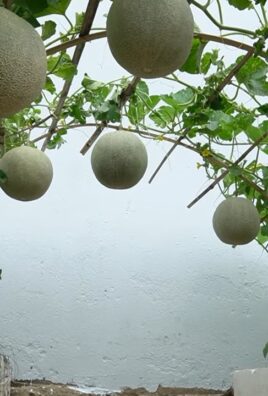
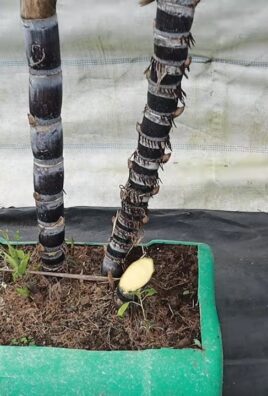
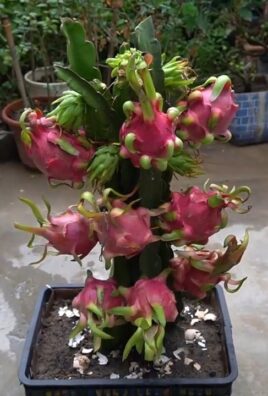
Leave a Comment